A Russian research university is developing a new light, 4×4 truck that it hopes to pitch to the country’s military, saying it’s hardened against the elements, corrosive chemicals, and apparently X-ray radiation. But the best selling point of the DSE-1700A Sergeant might be that it’s based on the chassis of the long popular Lada Niva.
Earlier in August 2017, a group of engineers at Togliatti State University revealed the vehicle at their campus in Russia’s Samara Oblast. They offered few specifics, but the design, which only seats two individuals, looks fantastically lightweight and the designers reportedly made the frame from an unspecified polymer composite material.
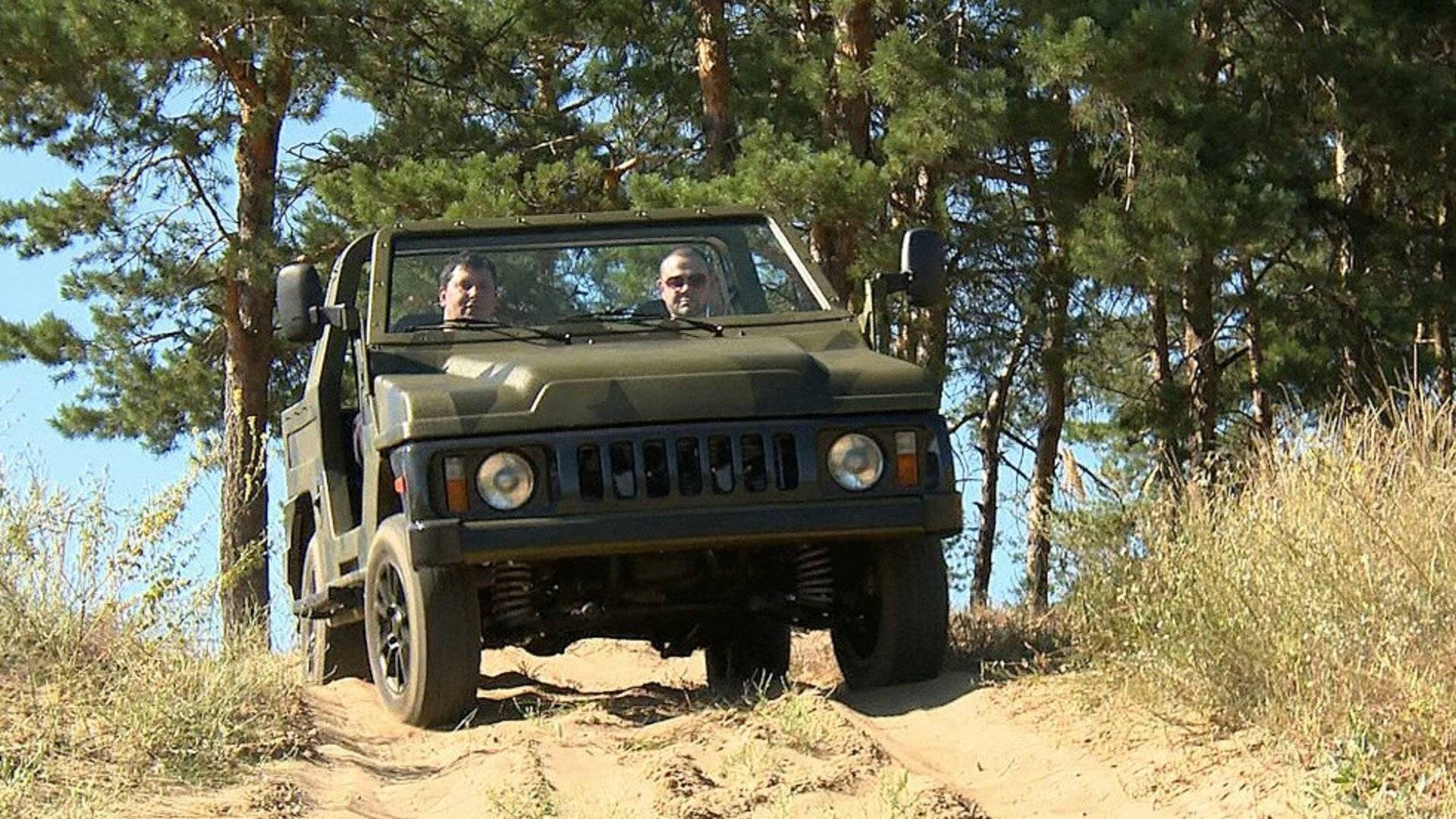
“The car’s designers claim it’s resistant to almost everything including corrosion, fire, frost, chemicals, and X-Ray radiation,” according to Russia Beyond the Headlines. The team from Togliatti officially debuted the vehicle at Russia’s annual International-Military Technical Forum, this year known as Army-2017, which runs from Aug. 22 to 27, 2017 at the Patriot Expocentre in the Moscow Region.
At the expo, the team explained that they would offer the Sergeant with various levels of armor, a reinforced underbody, and light weapons mounts. They claimed that it would have twice the payload of the standard Niva, despite its lightweight frame, as well.
A regular 3-door Niva straight from the factory is just over 12 feet long, five and half feet wide, less than six feet tall, with a gross weight of approximately 3,550 pounds. For comparison, the U.S. Marine Corp’s M1161 Growler lightweight vehicle is a little over 13.5 feet long, less than five feet wide, and around six feet high at its tallest point, with a curb weight of around 4,500 pounds.
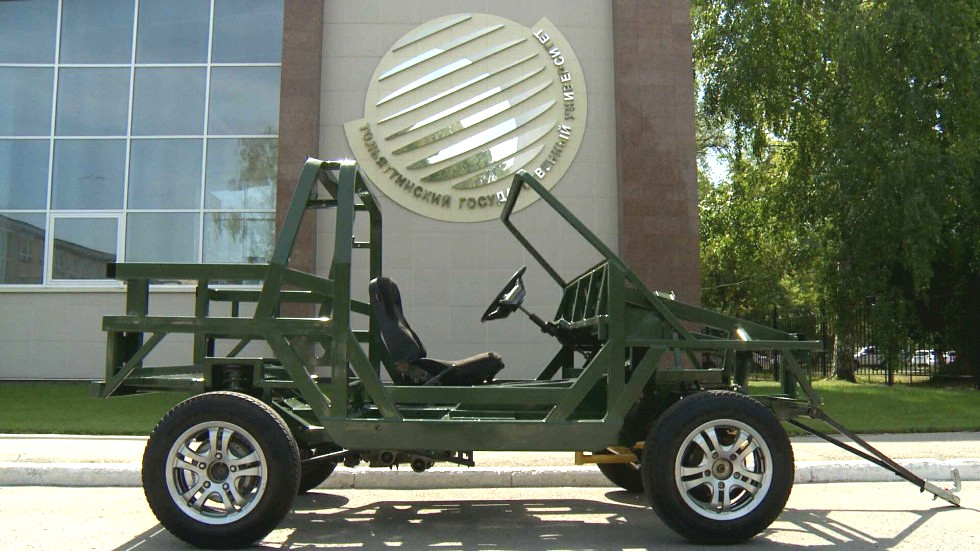
We don’t know whether or not the chassis’ protection against those environment threats extends to the crew of the vehicle. Protection against chemical corrosion and X-rays could be a description of defenses against nuclear and chemical weapons, the latter of which are often corrosive, that got lost in translation. The mention of X-ray defenses could also be misunderstanding or mistranslation of “X-Band” and be a reference to reduced signature or low observable features of some sort based on the DSE-1700A’s polymer construction.
Russia Beyond the Headlines’ writer did note themselves that it seemed difficult to imagine the prototype design could be so safe given that it had no roof or doors. “If the car is fire, frost, and radiation resistant, shouldn’t it at least have a roof?!” they wrote. “Nah, it’s just a prototype after all.”
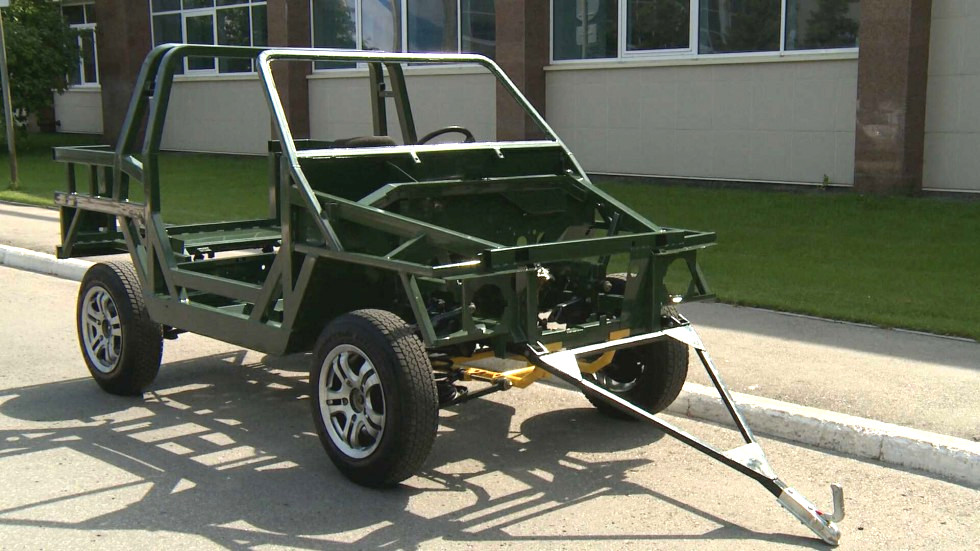
Togliatti’s DSE-1700A has the looks of something that would be ideal for Russia’s elite airborne and special operations forces. These groups could make good use a lightweight air-droppable off-road design that might also fit inside their Mi-17 armed utility helicopters.
But any final design will need to prove its protective features, and its overall utility, if it wants to garner any actual interest from the Russian military or other of the country’s security services, who already operate a wide assortment of light wheeled vehicles – armored and not – as well as armed dune buggies and all-terrain vehicles.
They’ve also tested many more and not adopted them. There’s no word on cost, either, which is always a factor when it comes to Russian military procurement.

Otherwise, the Sergeant’s most attractive feature might be its Lada lineage and the appeal to national nostalgia. The brand, an imprint of state automotive giant AvtoVAZ, is an icon of Soviet-era Russia that has continued to be an important business for country since the fall of Communism.
The four-door Lada sedan is the quintessentially Russian car. The brand remains popular in the country, despite its reputation for low quality. One owner turned one into a fully-tracked snow mobile.
Russian President Vladimir Putin has repeatedly stumped for Lada, test driving various cars and trucks to promote AvtoVAZ at home and abroad. These haven’t always worked out well.
In 2010, Putin drove around the country in a compact Lada Kalina, touting its reliability among other things. Unfortunately, bystanders eventually caught glimpse of his full convoy, which included a second identical yellow car as an apparent spare and a tow truck lugging a third that had broken down already. The next year, he struggled to start a new Lada Granta sedan to start during another publicity stunt.

He’s also been pictured driving a Niva, the vehicle that Togliatti based their lightweight military version on, with various off-road extras including a snorkel for the engine intake so he could drive across shallow water. In 2015, three Russian artillery troops who won the titles of “The best artillery specialist” during the “Masters of artillery fire” competition at that year’s Tank Biathlon – another quintessentially Russian event – each received one of the trucks as their prize.
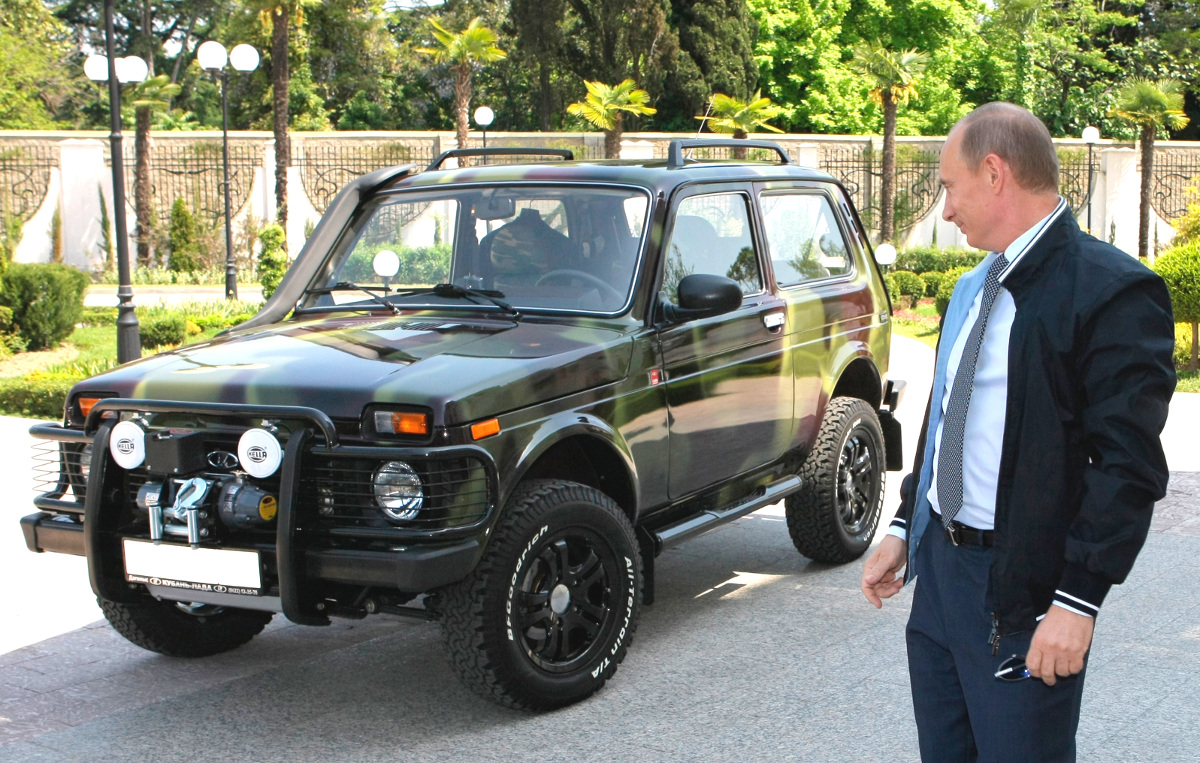
Since introducing it in 1977, AvtoVAZ has licensed its production at one time or another to concerns in Ecuador, Greece, Jordan, and Uruguay, among others. In 1998, a joint venture company between AvtoVAZ and Chevrolet began produced a derivative in Russia as the Chevrolet Niva. One of the small trucks even made it into the Pierce Brosnan James Bond movie The World Is Not Enough.
Some Russian government agencies and domestic security forces do drive the rugged 4x4s. This includes elements with the Otdel Spetsialnogo Naznacheniya Saturn, more commonly known as OSN Saturn or “Jail Spetnaz,” the Russian Federal Penitentiary Service’s special purpose detachment.
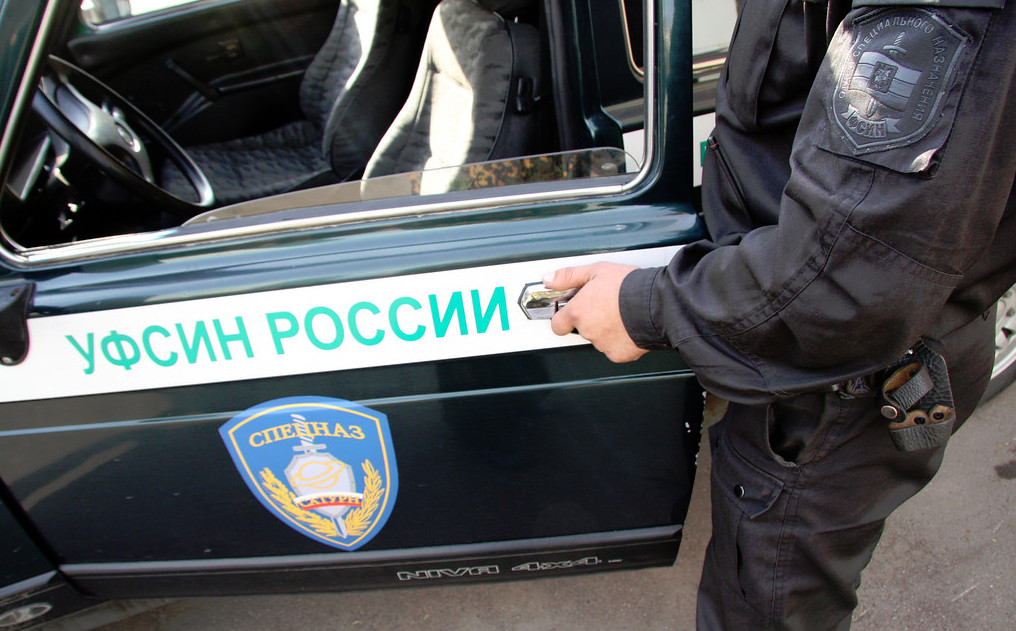
And it’s little surprise that Togliatti chose the Niva chassis as their starting point. The research institute has worked directly with AvtoVAZ as part of a partnership that first started in 1966.
We’ll have to wait and find out whether or not the existing popularity of the Niva is enough to propel the new lightweight DSE-1700A into actual military service.
Contact the author: joe@thedrive.com
